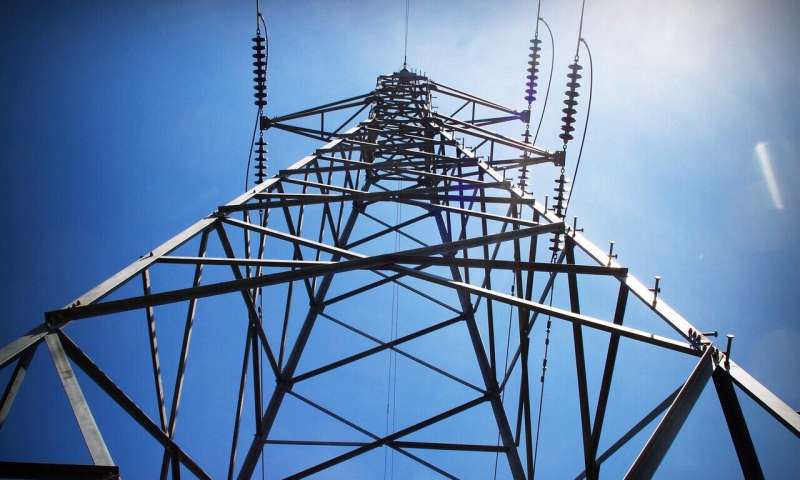Study sheds light on new IEEE standard categories, showing power system impact

In 2003, when the Institute of Electrical and Electronics Engineers (IEEE) first drafted standards around distributed energy resources (DERs) connecting with the grid, solar power capacity was less than 1% of its current capacity. The standards document, IEEE 1547-2003, could not anticipate the technical challenges that solar and other DERs would present more than a decade later as a growing share of generation. These challenges were addressed in 2018 through a comprehensive revision of the standard.
Now, a recent report from NRELPDF has provided the first demonstration of how the revised standard, with its myriad options and performance categories to select from, helps improve stability of the overall power system and provides insight into how various regions in the Western Interconnect may need to approach specific IEEE 1547-2018 choices.
The report, titled Simulating Distributed Energy Resource Responses to Transmission System-Level Faults Considering IEEE 1547 Performance Categories on Three Major WECC Transmission Paths, compares the response of approximately 9 GW of DERs to transmission-level faults under the 2003 and 2018 editions of the IEEE 1547 standard. The voltage ride-through performance categories defined in IEEE 1547-2018 were specifically investigated, as the choice of these categories requires consideration of both transmission-level reliability and distribution operations and protection aspects.
Results indicate that not only are DERs important to the recovery of power system stability following a fault event, but DERs implementing IEEE 1547-2018 voltage ride-through performance categories can also avoid the loss of significant amounts of generation (100s of megawatts at relatively low DER penetration levels), which is conducive to higher grid reliability and resilience.
The simulations were uniquely detailed in a few ways: a transmission-level positive-sequence power flow program was coupled alongside the OpenDSS tool, which simulates distribution on radial feeders. The co-simulation approach taken in this study provided a look at the voltage-driven response of DERs in regions impacted by regional transmission faults.
The report concludes with suggestions for even more-detailed studies. Future studies could examine more realistic incorporation of uncertainty; a closer coupling between the transmission and distribution modeling; and a greater variety of dynamic models used to represent inverter responses.
More information: IEEE 1547-2018: www.nrel.gov/news/program/2018 … on-of-ieee-1547.html
NREL's research in modernizing grid standards: www.nrel.gov/grid/standards-codes.html












